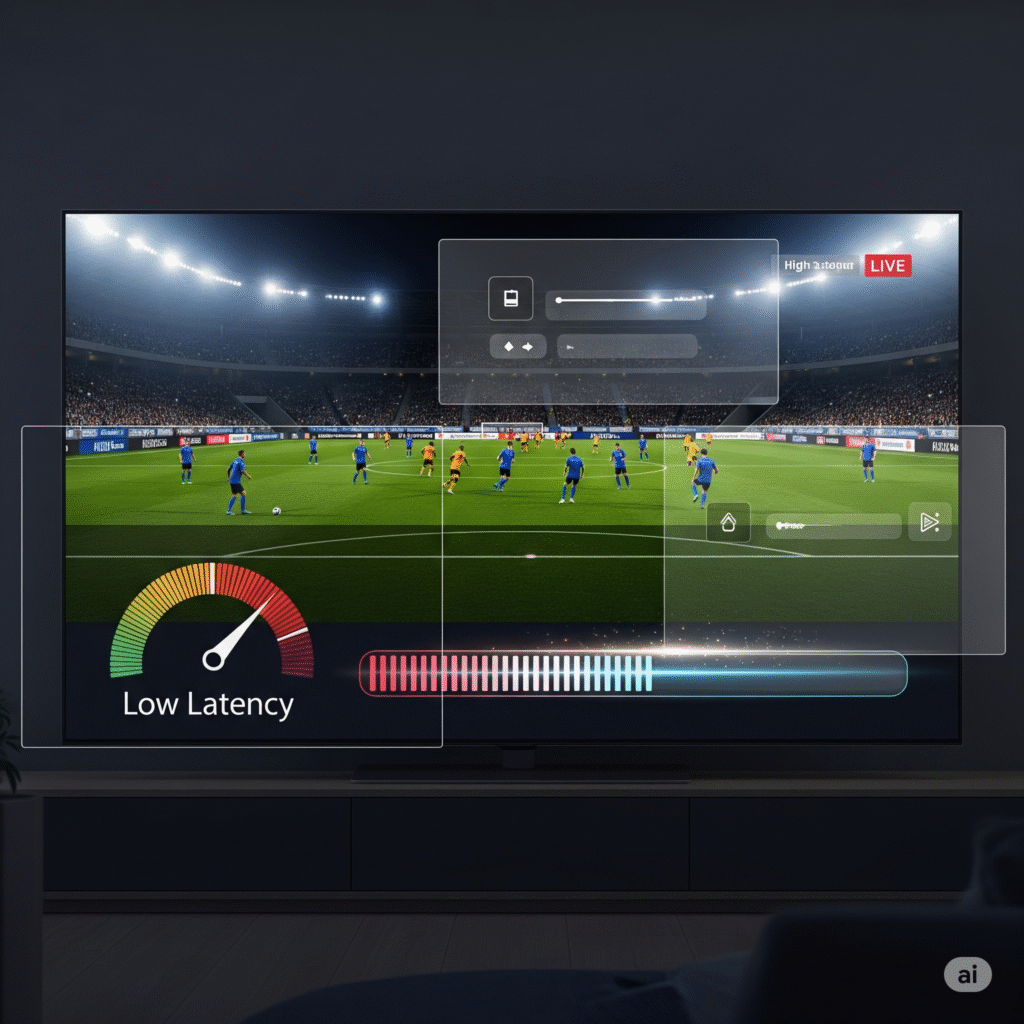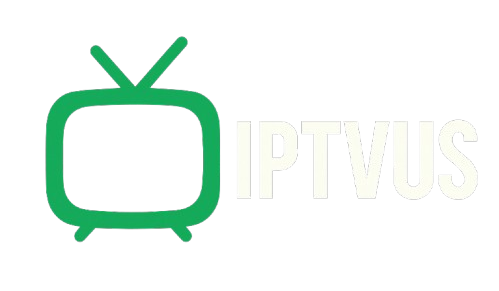Low Latency IPTV

Low Latency IPTV: Transforming Your Streaming Experience
In today’s fast-paced digital environment, the way we consume entertainment has evolved dramatically. Gone are the days when viewers relied solely on cable subscriptions for their favorite shows and live sports. Enter Low Latency IPTV, a groundbreaking technology that is changing the landscape of television viewing. This article dives deep into the world of low latency IPTV, exploring its significance, benefits, and how it enhances your overall streaming experience.
What is Low Latency IPTV?
Low Latency IPTV refers to Internet Protocol Television services designed to deliver content with minimal delay. Traditional broadcasting methods can result in frustrating lags, especially during live events. In contrast, low latency IPTV aims to bridge this gap, ensuring that viewers can enjoy real-time streaming of their favorite content.
Latency is defined as the time it takes for data to travel from the source to the viewer’s device. In streaming, high latency can lead to buffering, poor video quality, and ultimately, a disappointing viewing experience. Low Latency IPTV is engineered to reduce these delays, making it the preferred choice for sports fans, news followers, and anyone who values real-time content.
The Importance of Low Latency in Streaming
Low latency is crucial, particularly during live broadcasts like sports events, where every second counts. Imagine watching your favorite team score a last-minute goal, only to see it delayed by a few seconds on your screen. Such delays can ruin the excitement and immersion of the moment. Low Latency IPTV solves this issue by providing near-instantaneous content delivery, allowing viewers to stay connected to the action as it unfolds.
Benefits of Low Latency IPTV
- Enhanced Viewing Experience
- The primary advantage of Low Latency IPTV is the improved viewing experience. With minimal delays, viewers can watch live events as they happen without interruptions. This immediacy is particularly valuable for sports enthusiasts and anyone who enjoys real-time content.
- Real-Time Interaction
- Low latency opens up opportunities for viewer interaction. For instance, you can participate in live polls, engage with social media discussions, or chat with fellow viewers during live events. This interactive aspect significantly enriches the overall experience.
- High-Quality Streaming
- Many low latency IPTV services prioritize high-definition content. Viewers can enjoy crisp, clear visuals without the annoyance of buffering. This is especially important for those who appreciate the details in sports or cinematic films.
- Compatibility Across Devices
- Most Low Latency IPTV services are designed to work seamlessly across various devices, including smart TVs, tablets, and smartphones. This ensures that you can enjoy the same high-quality experience regardless of your viewing platform.
How Low Latency IPTV Works
The technology behind Low Latency IPTV involves several key components that work together to minimize delays:
- Efficient Encoding:
- Advanced encoding techniques compress video data, enabling quicker transmission. This efficient encoding reduces buffering times and enhances the overall speed of content delivery.
- Content Delivery Networks (CDNs):
- CDNs are networks of servers strategically placed to optimize the delivery of media content. By caching content closer to users, CDNs significantly reduce latency, ensuring that data travels the shortest distance possible.
- Adaptive Bitrate Streaming:
- This technology adjusts the quality of the video stream based on the viewer’s internet connection speed. If your connection is strong, you receive high-quality video; if it weakens, the stream automatically adjusts to prevent buffering.
Choosing the Right Low Latency IPTV Provider
When selecting a Low Latency IPTV service, it’s essential to consider several factors to ensure an optimal experience:
- Content Variety:
- Look for providers that offer a wide range of channels and on-demand content. The more options you have, the more enjoyable your viewing experience will be.
- Internet Speed Requirements:
- Ensure your internet connection meets the minimum speed requirements for low latency streaming. A stable connection is crucial for enjoying seamless content delivery.
- Customer Support:
- Choose a provider that offers reliable customer support to assist you with any issues you may encounter. Good customer service can enhance your overall experience with low latency IPTV.
- Examples of Providers:
- Some reputable Low Latency IPTV providers include:
- Provider A: Known for its extensive channel lineup and user-friendly interface.
- Provider B: Popular for high-definition content and robust customer support.
- Provider C: Offers competitive pricing and a wide range of content for budget-conscious viewers.
Setting Up Low Latency IPTV
Getting started with Low Latency IPTV is relatively straightforward. Here’s a quick guide to help you set up your service:
- Choose Your Provider:
- Start by selecting a low latency IPTV provider that meets your needs. Research reviews and comparisons to find the best fit.
- Install Required Hardware:
- Most IPTV services require compatible devices such as smart TVs, streaming boxes, or smartphones. Ensure your hardware is compatible with the provider’s service.
- Connect to the Internet:
- A stable internet connection is vital for low latency IPTV. Use a wired Ethernet connection for optimal performance.
- Download the App:
- Many IPTV providers offer dedicated apps for easy access to their content. Download the app from your device’s app store and follow the installation instructions.
- Sign Up and Log In:
- Create an account with your chosen provider, log in, and access their content library. You may need to subscribe to a plan that suits your viewing habits.
- Start Watching:
- Browse through the available channels and shows, and enjoy your favorite content without the frustration of delays.
Common Questions About Low Latency IPTV
- Is Low Latency IPTV Legal?
- Yes, low latency IPTV services are legal as long as they operate with proper licensing agreements. It’s essential to choose reputable providers that comply with copyright laws.
- Can I Use Low Latency IPTV on Multiple Devices?
- Most low latency IPTV providers allow streaming on multiple devices. However, check the provider’s terms for any limitations on simultaneous streams.
- What Happens if My Internet Connection is Slow?
- A slow internet connection can lead to buffering and reduced quality. If you experience issues, consider upgrading your internet plan or optimizing your network.
Conclusion: Why You Should Consider Low Latency IPTV
In conclusion, Low Latency IPTV is revolutionizing the way we consume television. With its ability to deliver real-time content, high-quality streaming, and interactive features, it offers a unique viewing experience that traditional broadcasting cannot match. By choosing the right provider and ensuring a stable internet connection, you can unlock the full potential of low latency IPTV.
As you explore your streaming options, consider making the switch to Low Latency IPTV. It not only enhances your viewing experience but also allows you to engage with content like never before. Don’t miss out on the excitement—join the movement to low latency IPTV today!
Meta Description: Discover the benefits of Low Latency IPTV and how it enhances your streaming experience with real-time viewing and seamless content delivery.
